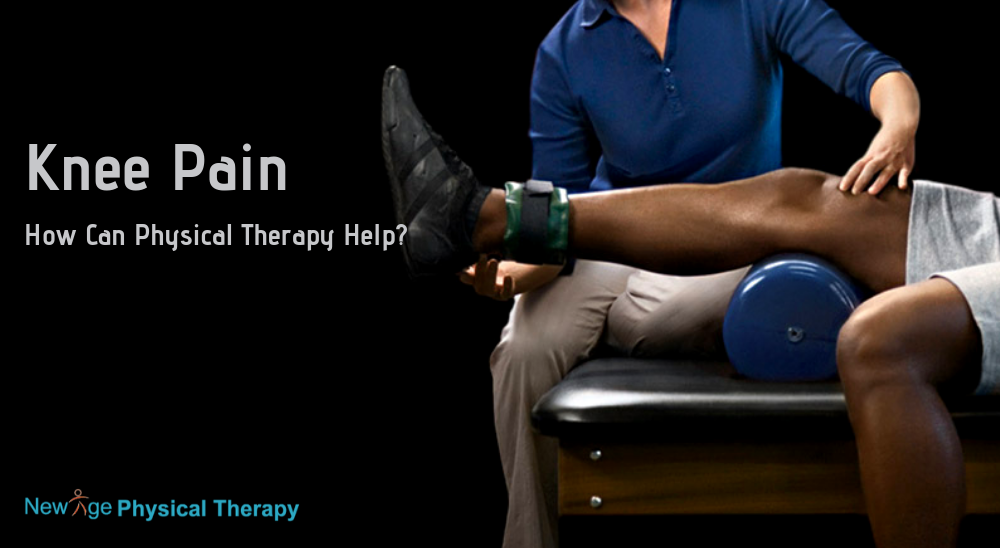Knee Pain: How Can Physical Therapy Help?
Physical therapy is a great option to consider in relieving knee pain. The main goals of a treatment program should be decreasing pain and increasing mobility. If someone experiences difficulty standing up from or sitting down on a chair, going up or down the stairs, or walking to run errands, it’s important to treat the problem earlier on before it exacerbates.
During the initial evaluation, the physical therapist will examine the patient’s strength, range of motion, and functional abilities. From there, a personal treatment plan will be created for the individual, taking in account of any goals he/she may have in mind.
A session of physical therapy may include stretching, strengthening, balance and gait training, and joint mobilitization /stabilization. If the therapist deems appropriate, a hot pack, ice pack, electrical stimulation, ultrasound, or althetic taping may be used.
People with knee pain should consider physical therapy because it can be an effective treatment in place of surgery. Therapy has been proven to be successful for patients with meniscal tears and moderate osteoarthritis; allowing them to avoid possible risks, side effects, and expenses of surgical intervention.
If surgery is inevitable, therapy can be essential both before and after surgery for efficient recovery. Therapy beforehand, can help patients become stronger and help them accustom to an exercise routine, thus, requiring less intensive therapy post-operation. After surgery, therapy can help individuals regain mobility, increase strength and balance, walk without an assistive device, and return to previous activities of everyday life.
After an injury, exercises can help patients prevent joints from stiffening, increase movement, and reduce pain. Some beneficial exercises include stretching for the quadriceps and hamstrings, strengthening the hip and knees with clamshells, squats, and strengthening the calves with heel raises.
However, every patient start off at different levels and experience different types of pain, therefore, it is important to consult a physical therapist so they can make an exercise regimen catered to the patient alone.



